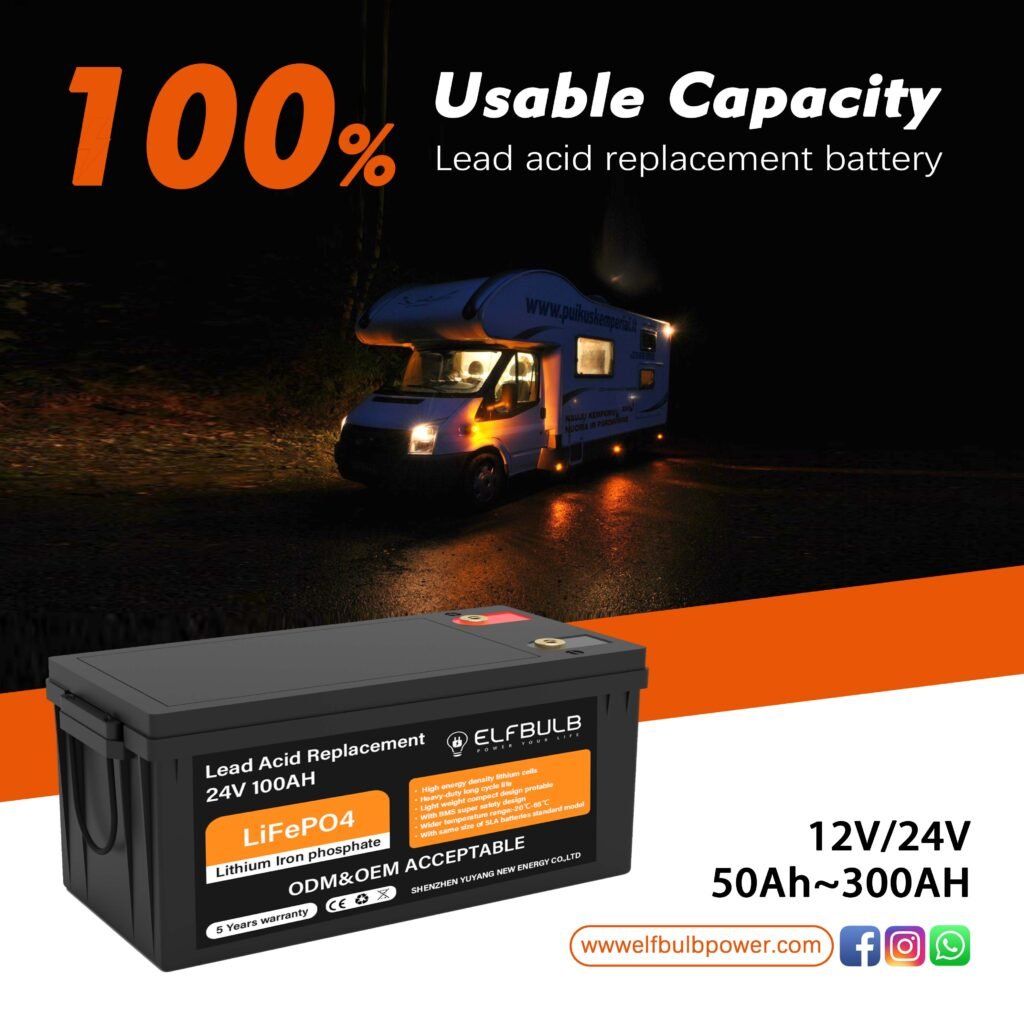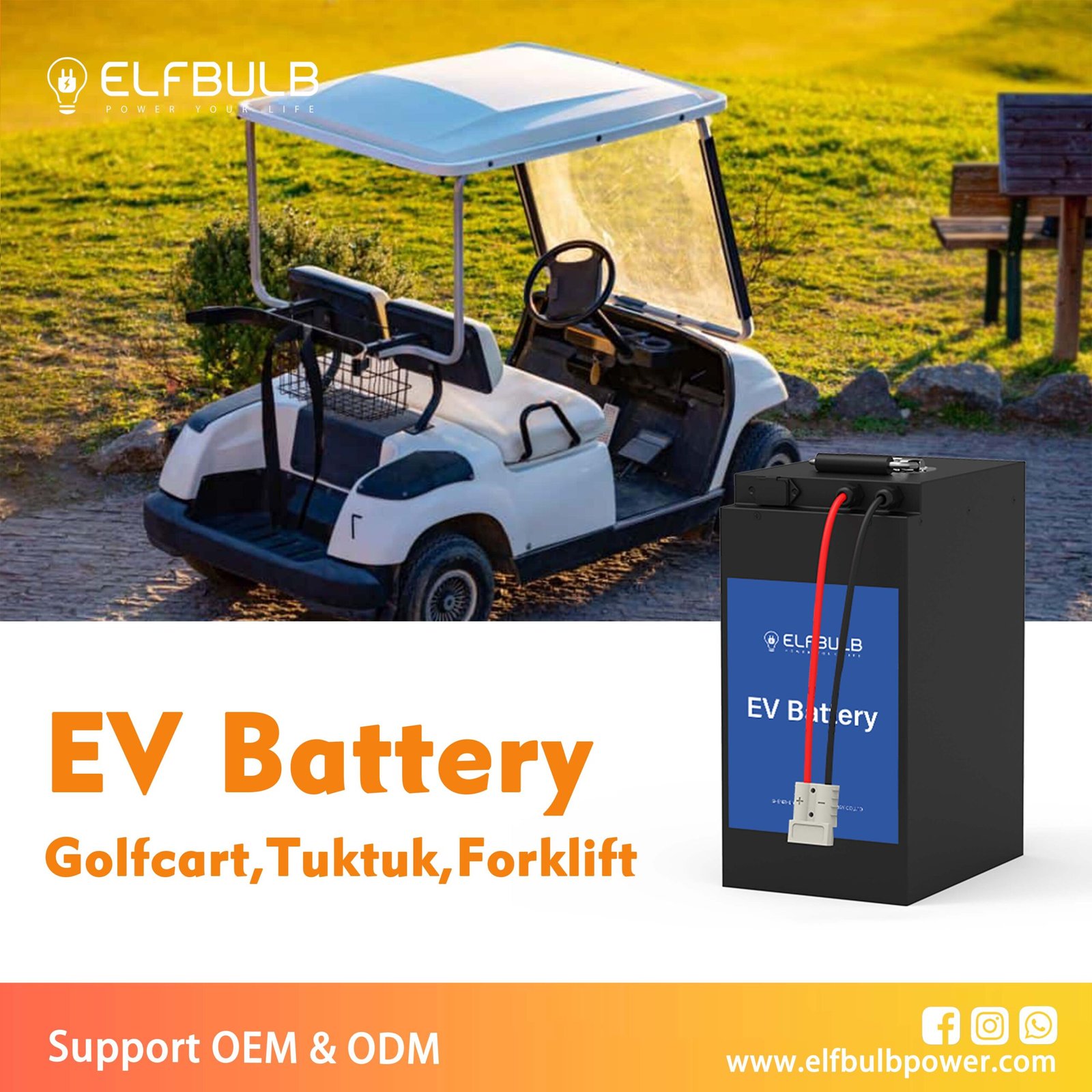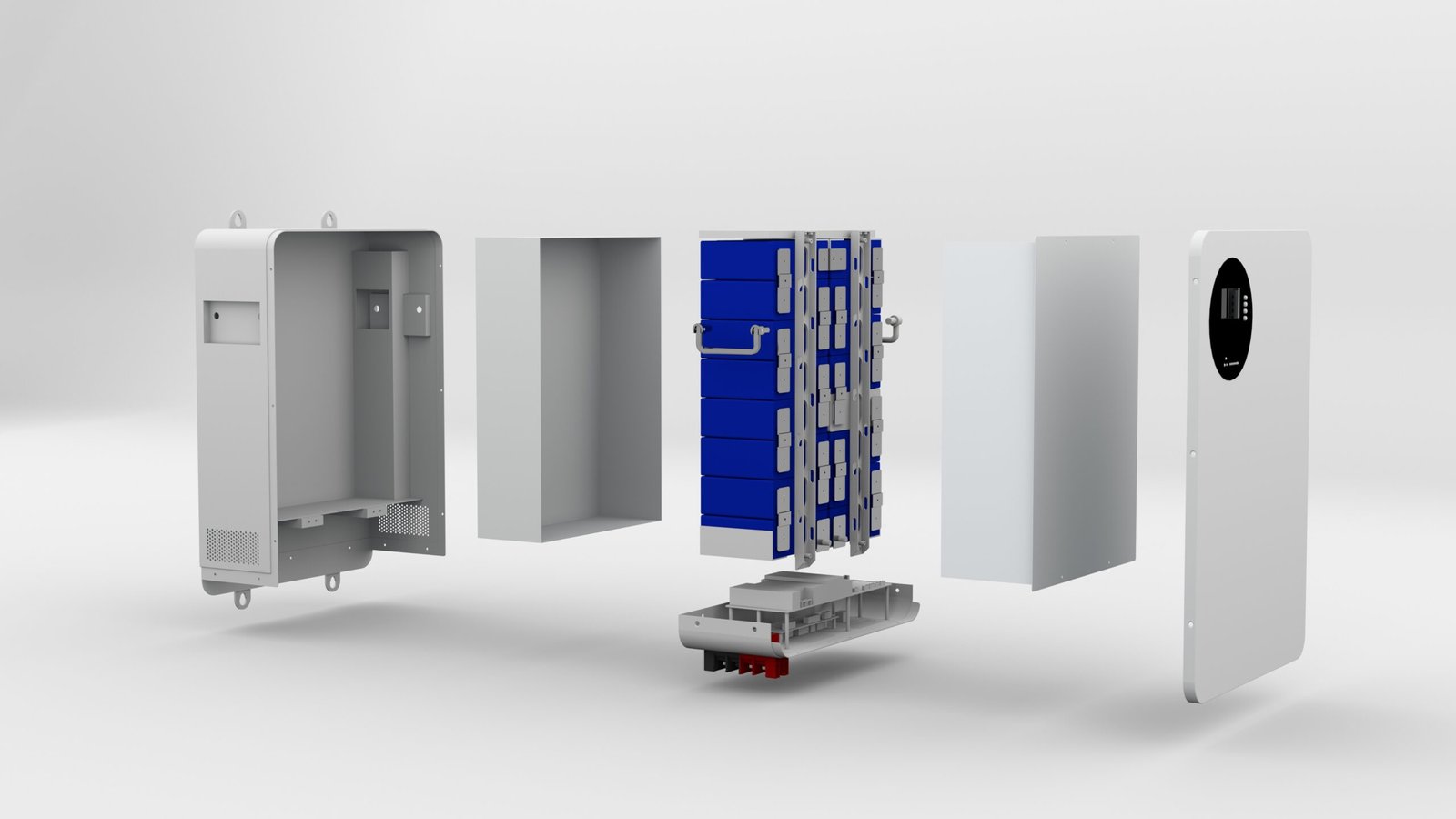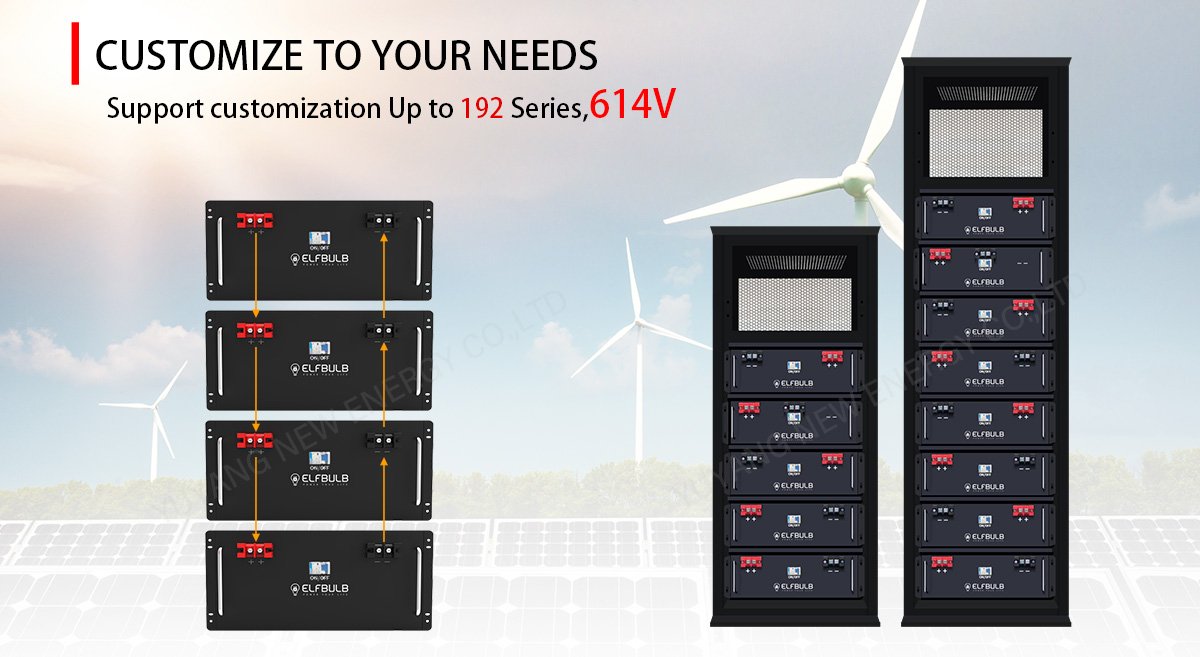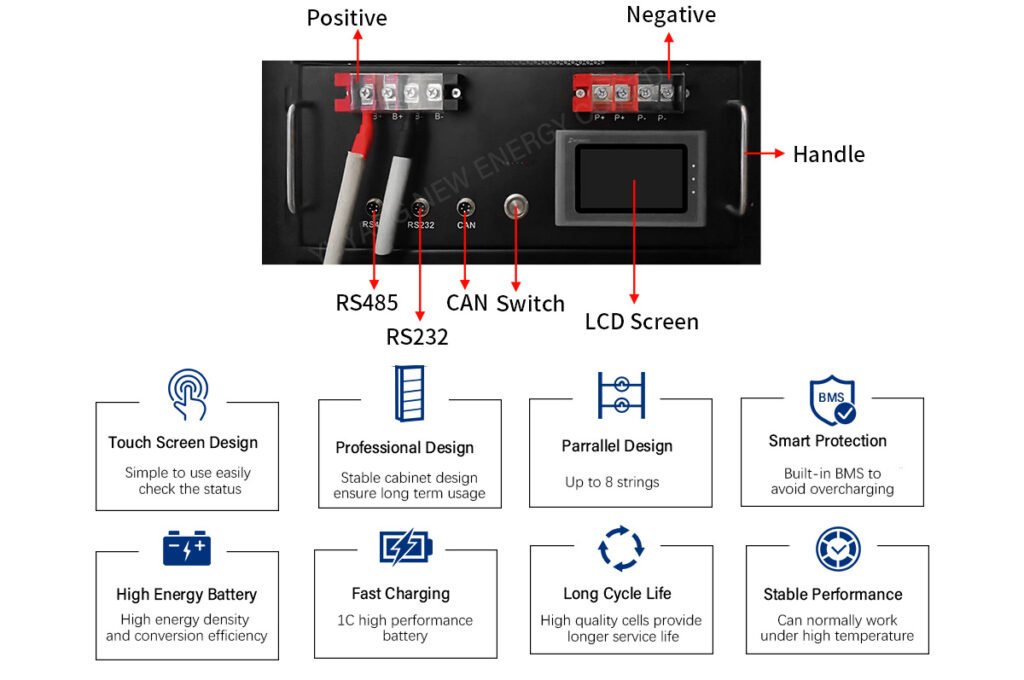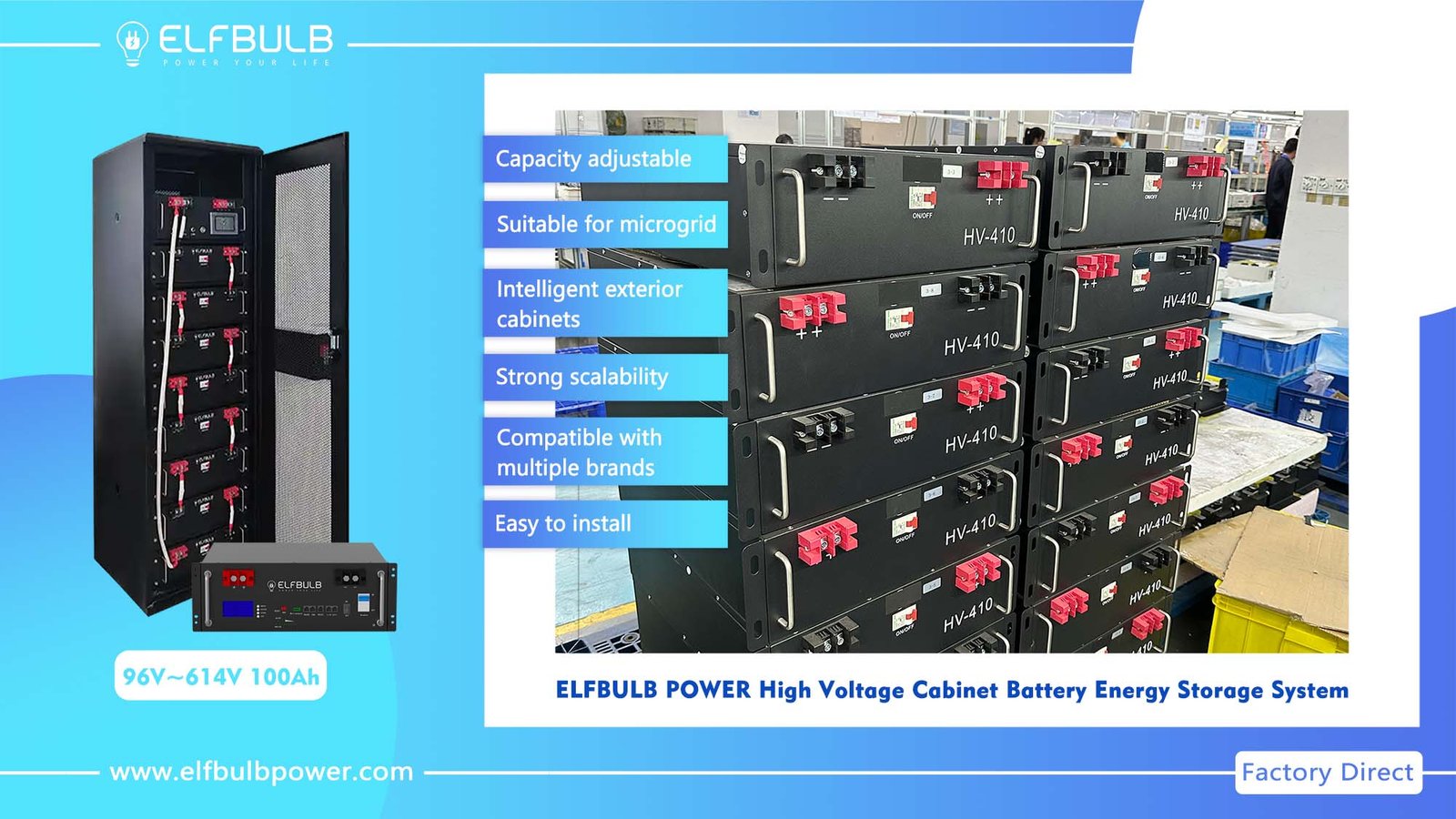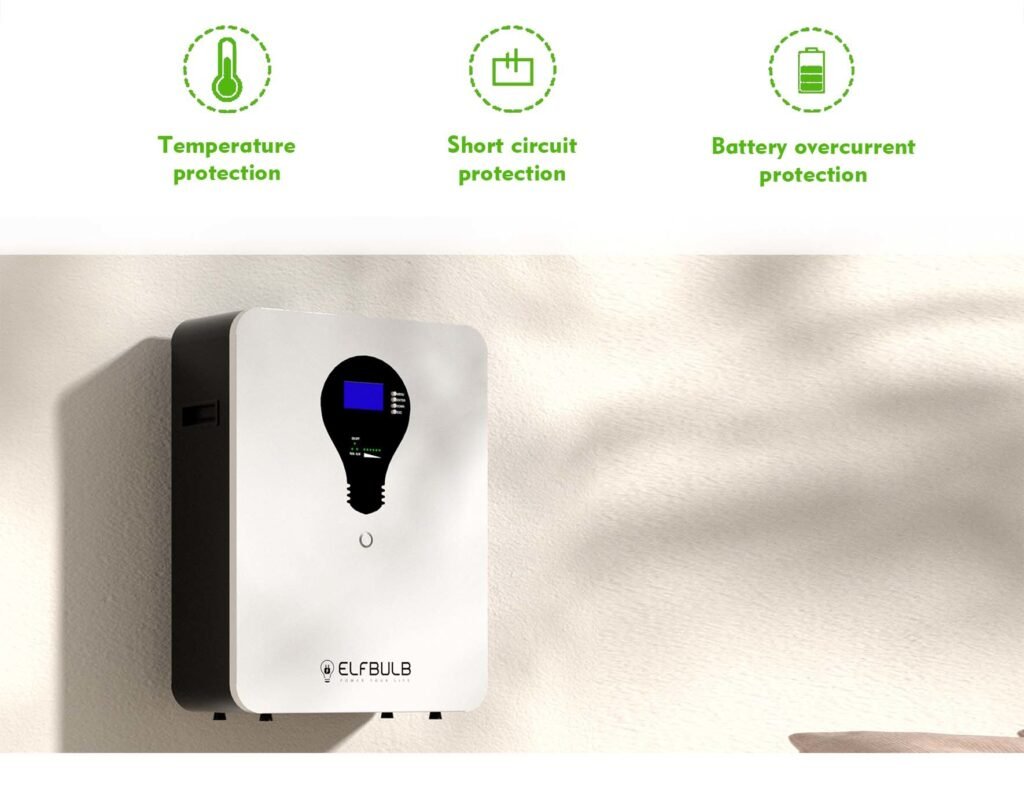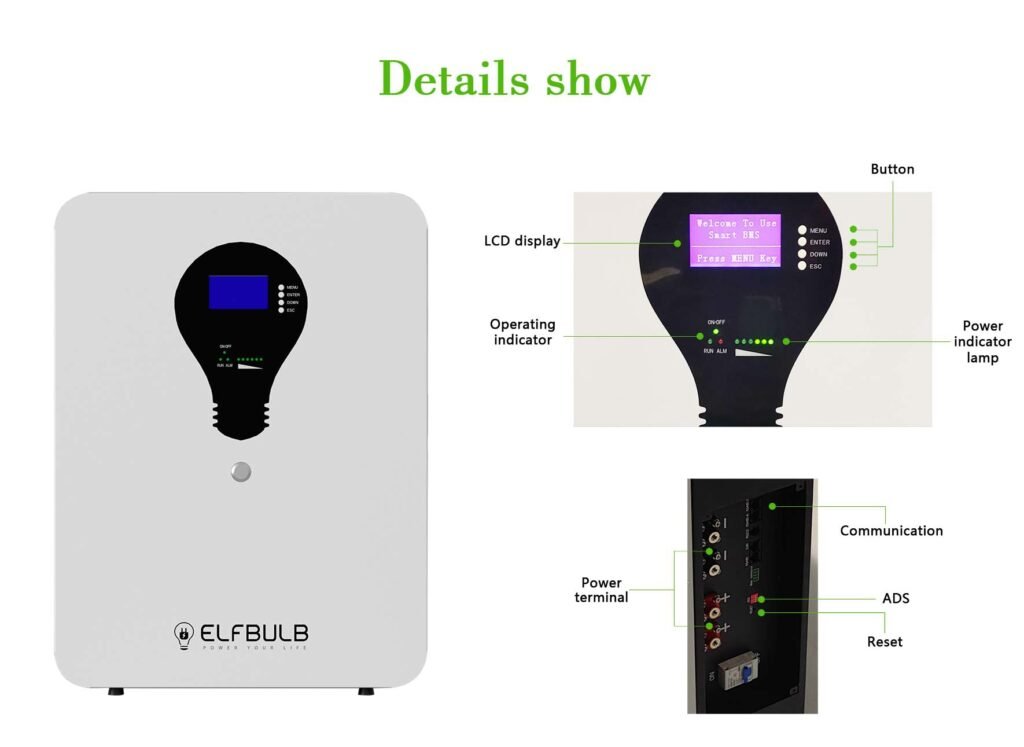When it comes to harnessing the power of the sun, one question often arises: Is it better to invest in more solar panels or more batteries? This article aims to shed light on this topic.
The Power of Solar Panels
Solar panels are the heart of any solar power system. They capture sunlight and convert it into electricity. The more panels you have, the more sunlight you can convert, and the more power you can generate. However, there are limits to how much energy you can produce due to factors like available sunlight and roof space.
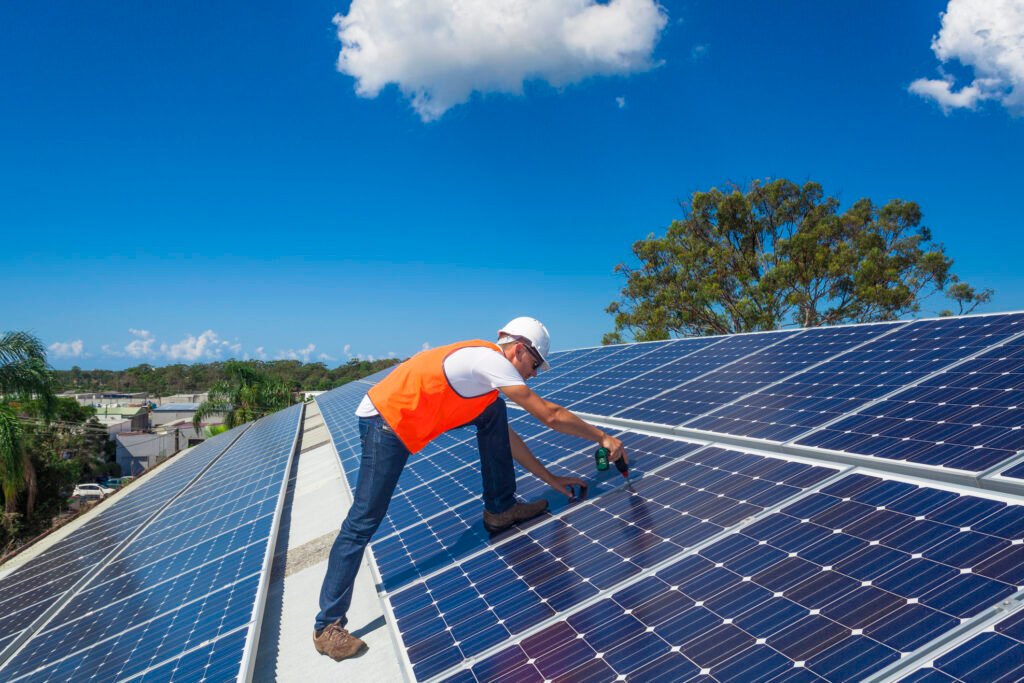
The Role of Batteries
Batteries, on the other hand, store the energy produced by solar panels for later use. Having more batteries means you can store more power for use during the night or on cloudy days. But remember, batteries can only store the energy your panels produce. If your panels aren’t producing enough energy, having more batteries won’t necessarily help.
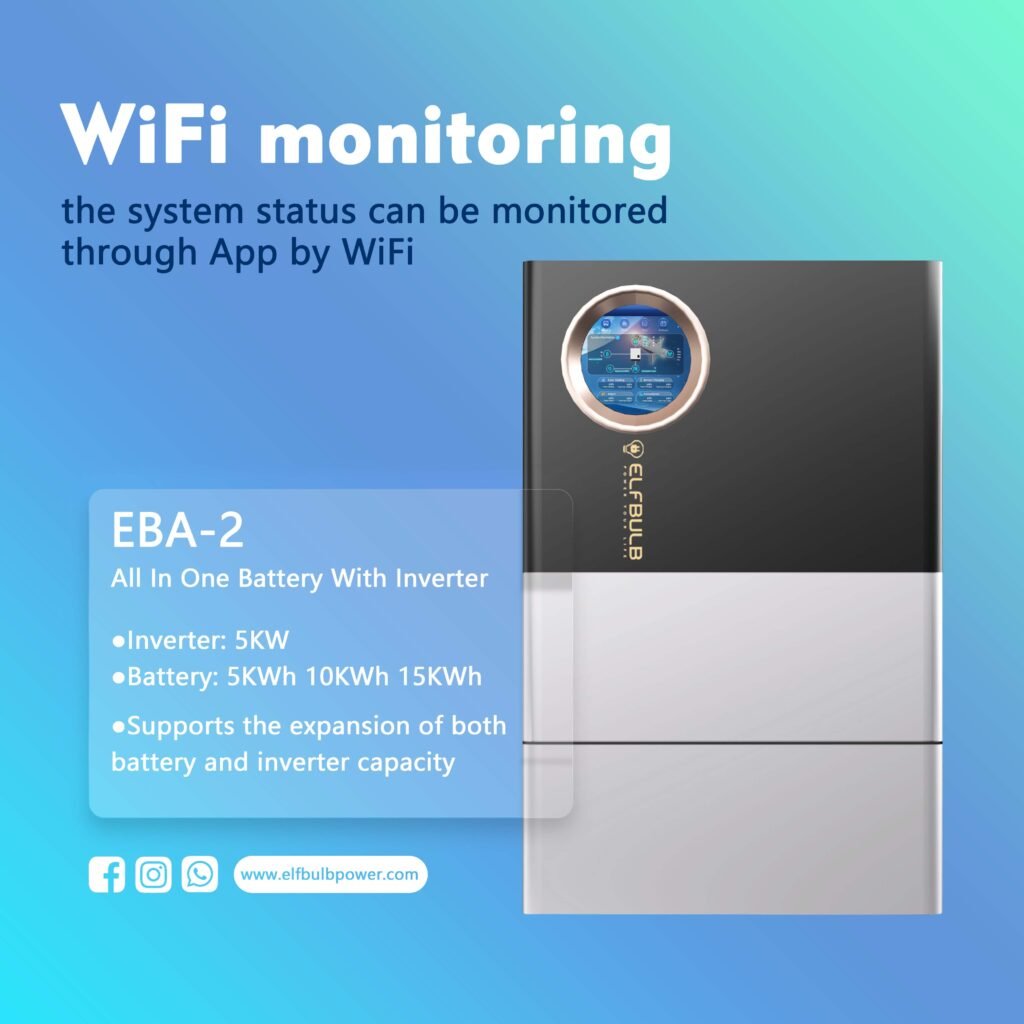
Striking a Balance
The key is to strike a balance between the number of solar panels and batteries. This depends on your energy needs, budget, and available space. If you have high energy needs during the day and ample roof space, investing in more panels might be beneficial. If you need more power during the night or want to be more independent from the grid, more batteries could be the answer.
Conclusion
In the end, whether it’s better to have more solar panels or more batteries depends on your unique situation. It’s always a good idea to consult with a solar energy expert to make the best decision for your needs.



